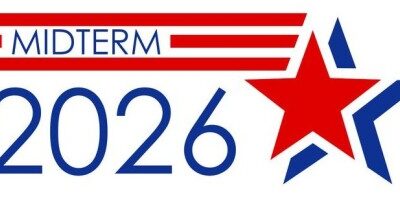The importance of outside advisors and career staff
 Dan posted recently about the decision remanding EPA’s latest revision of the particulate NAAQS, American Farm Bureau v. EPA. One thing that struck me reading the decision is the powerful role played not only by outside advisory groups but also by career agency staff. Even if they are overridden by the political decisionmakers, the views of independent advisors and career staff rightly significant weight in judicial review.
Dan posted recently about the decision remanding EPA’s latest revision of the particulate NAAQS, American Farm Bureau v. EPA. One thing that struck me reading the decision is the powerful role played not only by outside advisory groups but also by career agency staff. Even if they are overridden by the political decisionmakers, the views of independent advisors and career staff rightly significant weight in judicial review.
This case consolidated environmental, state, and industry challenges to EPA’s 2006 changes to the National Ambient Air Quality Standard (NAAQS) for particulate matter. In setting the NAAQS, EPA is required to consult its Clean Air Scientific Advisory Committee (CASAC), an independent science advisory group, and to explain any departure from CASAC’s recommendations. In this case, CASAC had recommended an annual fine particulate NAAQS of 13 to 14 μg/m³. When EPA chose 15 μg/m³ instead, CASAC first requested reconsideration and then publicly questioned
“whether [EPA Administrator Stephen Johnson had] appropriately given full consideration to CASAC’s expert scientific advice — obtained through open, public processes — in [his] final decisions on the PM NAAQS.”
The decision drew criticism from scientific groups including the American Medical Association, and became something of a media cause celebre, with CASAC’s objections prominently featured in many of the stories.
Given that history, when the new standards were challenged it seemed likely that CASAC’s strongly expressed views would play a role in the reviewing court’s decision. And it did. The court concluded that EPA had”failed adequately to explain its reason for not accepting the CASAC’s recommendations.”
EPA staff featured nearly as prominently. The court repeatedly emphasized that staff and CASAC had agreed on the need for a lower annual standard. And it overturned EPA’s refusal to set a separate secondary NAAQS to protect visibility, relying heavily on a staff paper examining the visibility levels people find acceptable.
Two lessons emerge from this experience. First, when decisions are supposed to made primarily on the basis of scientific evidence, courts recognize and value politically independent valuations. The political bosses at EPA need not accept the regulatory levels recommended by their scientific advisors or career staff. But they must provide reasons and logical arguments supporting their departure from those recommendations. That means that the politicos at EPA must acknowledge and defend their political decisions. It’s hard to argue with that.
Second, it is critical that the views of these more politically insulated actors appear on the administrative record so that courts can give them the weight they deserve. The Clean Air Act helps to ensure that by specifically requiring that the agency explain departures from CASAC’s recommendations, and by setting up a procedure that includes submission of a staff report to CASAC in a public proceeding. Other statutes lack this procedural strength. Perhaps if there were an independent committee reviewing staff reports on proposed listings under the Endangered Species Act, Julie MacDonald’s attempts to browbeat career staff at the Fish and Wildlife Service would have come to light much sooner. Of course, no one wants ESA decisions to take as long as revising the NAAQS. But there must be a way to get the unvarnished views of career staff on the record without paralyzing the process.






Reader Comments